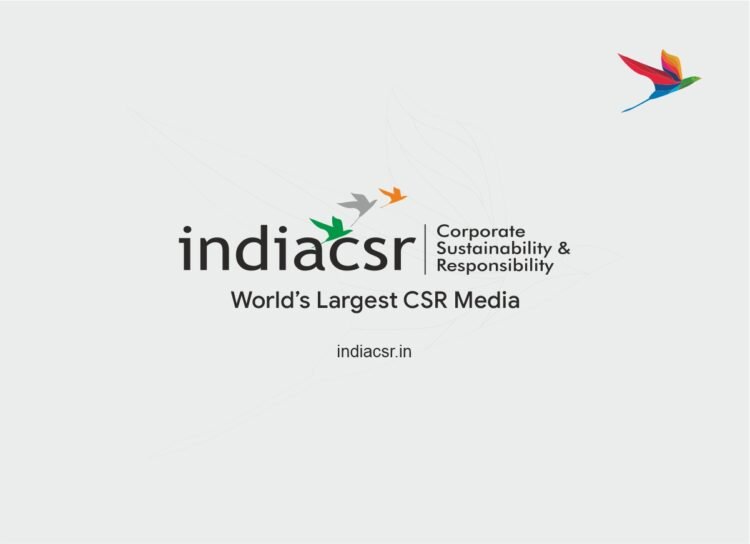By Charu Sethi
Fundamental disruptions are changing the social landscape. While poverty, lack of access to health and quality education and climate change continue to affect the world, new and complex challenges such as displacement and migration due to conflicts are emerging as concerns that cut across issues and geographies.
Government’s Role in Development
The task of alleviating these development problems has traditionally fallen on the government. However, there is a growing realisation that these issues require a systemic change and cannot be solved by governments alone. Addressing these issues require multisector collaborations between governments, the private sector, the academia and civil society organisations.
Private Sector’s Role in Sustainable Development
Agenda 2030, launched in 2016 in the United Nations and dedicated to sustainable development, considers the private profit sector as a central actor in achieving the Sustainable Development Goals. Closer home, the Companies Act 2013, requires large businesses to spend 2% of their net profits on Corporate Social Responsibility projects.
Evolution of Business Mindsets
The private sector in particular, is expected to make a decisive contribution to overcoming the challenges of sustainability that are not limited to philanthropy or simple green communication actions. Business mind-sets are also evolving and they are gradually moving beyond “business as usual” to focus more on harnessing their technical, human and financial skills to create inclusive growth and sustainable development. This also helps to position them strategically against the rising power of the sentient consumer and a secure supply chain.
Shift from Transactional Philanthropy to Transformational Partnerships
Hence the coming year will be all about businesses moving away from Transactional philanthropy to building Transformational Partnerships for social good.
Ideas for Change
Transformational Partnerships
Transformational Partnerships are multi-sector collaborations and consortia partnerships that harness business knowledge, networks and assets beyond philanthropic funding and measure the value of business partnership by impact achieved. These partnerships are setting a new way of thinking that rests on innovation and co-creation.
NGOs and Businesses Collaborating
In these partnerships, NGOs bring alive the development issue with their years of experience in the communities and businesses bring their best minds and networks to co-develop new and innovative ways of addressing age-old issues.
Example 1: Save the Children and Printing Business Partnership
There is a growing list of such innovative and transformational partnerships in India and across the world. One such example is the partnership between Save the Children in India, and a leading printing and imaging business house in the area of education. While the Right to Free and Compulsory Education Act (2009) increased student enrolments in India’s schools, a large number of these children face learning difficulties. One in two children in Grade 5 lack reading and mathematical skills of a student in Grade 2. The reason for this is outdated teaching-learning methodology, teacher absenteeism and lack of infrastructure and technology in government schools in India.
Collaborative Efforts for Educational Innovation
To address these challenges, Save the Children launched a pilot three-year ICT based education program in 30 government schools in Telangana in 2014, in collaboration with the Government of Telangana.
Innovative Solutions and Impact
The highlight of this Transformational partnership was an innovative digital projector that can be used in low-resource settings such as classrooms in India where there is lack of computers and space-crunch. The projector addresses these challenges as it does not need a computer. The lessons/curriculum have been digitized and put on a pen-drive which can be directly connected to the projector. Also, the projector does not need much space as it can be placed directly against the wall to project upwards. Experts from the business partner also helped in co-developing inspiring digital learning materials and teaching methods. The programme created systems that enabled teachers to use digital learning materials and tools independently.
Impact and Replication
The project generated a huge positive outcome by significantly improving learning levels of children from 58% to 90% of Grade 4 and 5 students over three years. The model was so successful that the government of Telangana has adopted this model and is now replicating the same in 3352 government schools in their state.
Example 2: Networking Company and Save the Children Partnership
Another example of a Transformational Partnership is between a leading networking company and Save the Children. This partnership aims to build resilience of vulnerable children, their families and communities in selected rural areas of India through an integrated approach using a Disaster Risk Reduction (DRR) and Social Protection framework. One of the key pillars of this partnership is shared value innovation to build early warning systems and use risk-mapping technology during disasters in rural villages in India.
Finally,
There are many such examples of partnerships that are emerging both at a macro and grass-root level. However, only a few will really create a great collective impact. The key to their success will be a clearly defined and agreed shared vision and appreciation of each other’s expertise and needs. In addition, the involvement of the media and government from the beginning helps to bring about scale and policy level changes that will truly create a transformational change.
About the Author
Charu Sethi is the Deputy Director – Resource Mobilization and Head Partnerships at Save the Children in India. She is responsible for leading and growing Save the Children’s corporate and institutional portfolio through the development of long term strategic partnerships, fundraising and strategic contribution to the organisation’s goals.
You may also like:
- STEM Education: Can Solve India’s Socio-Economic Problem
- Know all about construction all risk insurance policy
- ZINC preserves your thoughts and memories
- Mahesh Foundation: Serving Special Children
- How CSR can add value to primary education in India?






